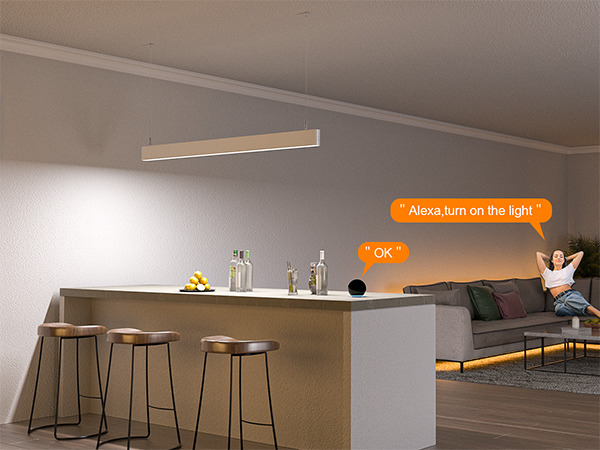The Evolution of Lighting Technology
Lighting technology has come a long way from traditional incandescent bulbs to the more energy-efficient LED lights. However, the latest innovation in this field is connected linear lighting, which is revolutionizing the way we illuminate spaces. This technology allows for seamless integration with smart systems, enabling remote control, automation, and customization of lighting settings.

Enhancing Efficiency and Productivity
Connected linear lighting systems offer a myriad of benefits for industries across various sectors. By optimizing lighting levels based on occupancy and natural light conditions, businesses can significantly reduce energy consumption and operational costs. Moreover, these systems can enhance employee productivity and well-being by providing the right lighting conditions for specific tasks.
The Role of IoT in Connected Lighting
The Internet of Things (IoT) plays a crucial role in the functionality of connected linear lighting systems. By connecting luminaires to a network, businesses can collect valuable data on energy usage, occupancy patterns, and maintenance needs. This data can then be analyzed to make informed decisions that improve efficiency, sustainability, and overall performance.
Future Trends and Innovations
As technology continues to advance, the future of connected linear lighting looks promising. We can expect to see more integration with smart building systems, advanced sensors for personalized lighting experiences, and even greater energy savings through automation and machine learning algorithms. The possibilities are endless, and the impact on industries will be profound.



